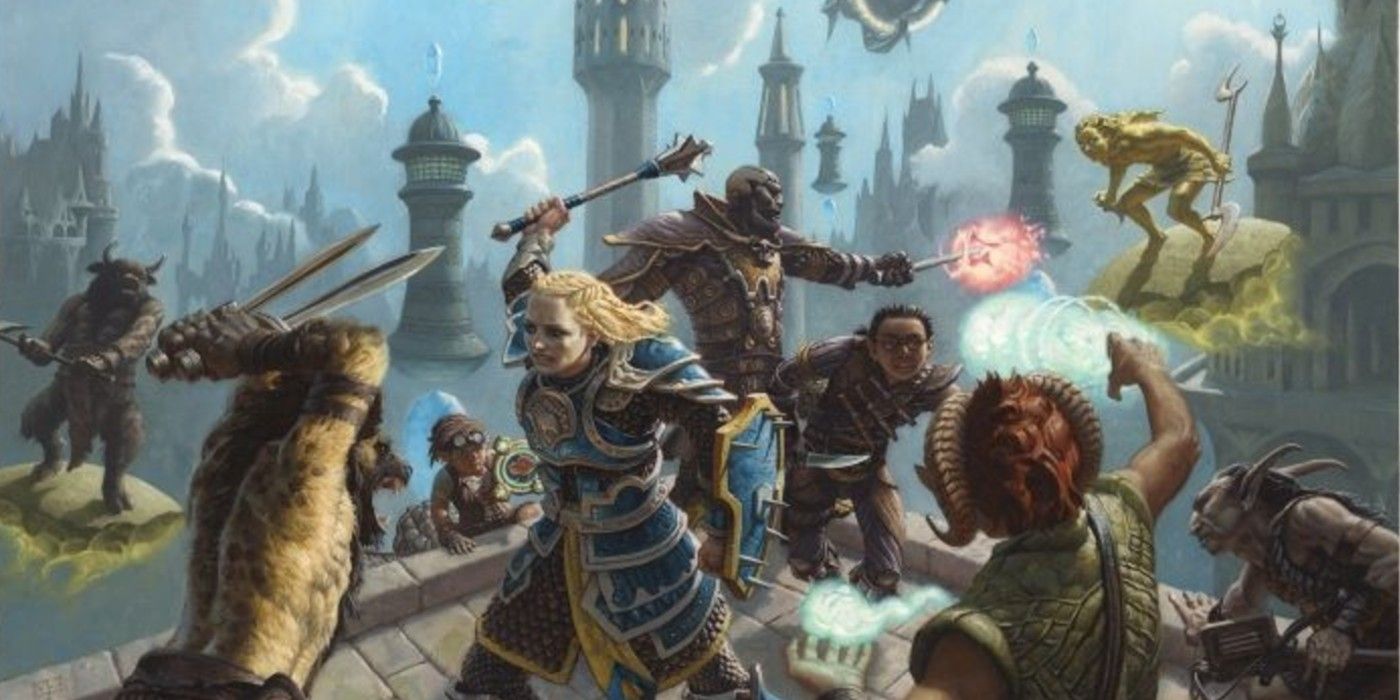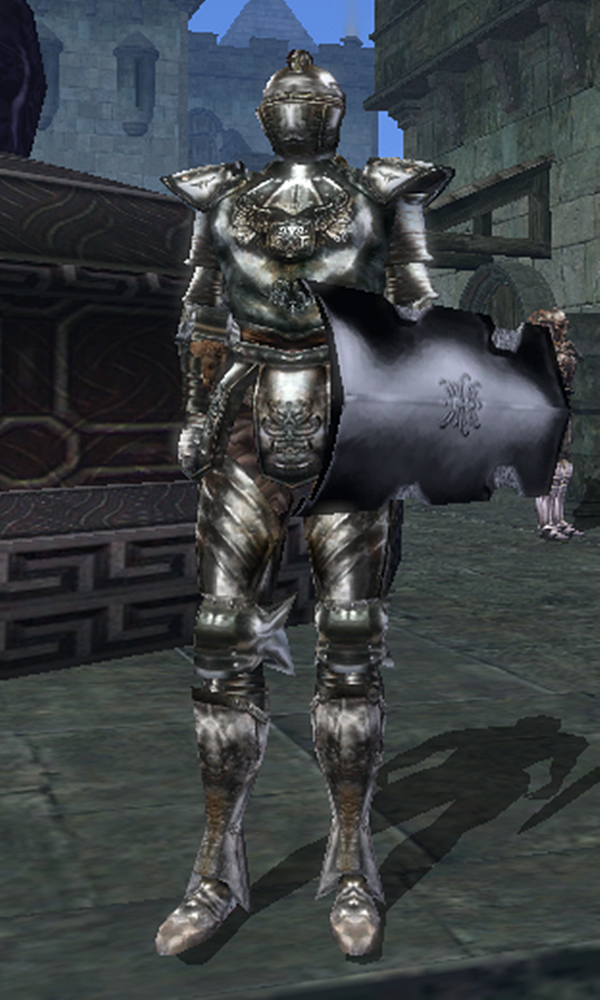Dungeons & Dragons Online
A dungeon is a room or cell in which prisoners are held, especially underground. Dungeons are generally associated with medievalcastles, though their association with torture probably belongs more to the Renaissance period. An oubliette or bottle dungeon is a basement room which is accessible only from a hatch or hole (an angstloch) in a high ceiling; however, the description of these basement rooms as 'dungeons' stems from the romanticised castle studies of the 19th century. There is no evidence to indicate that prisoners were really lowered through the angstloch into the dungeon using a rope or rope ladder as these 19th century accounts suggest. Archaeological finds, by contrast, indicate the use of these basement spaces as store rooms.[citation needed]
The London Dungeon is a thrilling attraction that will whisk you back to the capital's most perilous past. Will the 19 live shows and 2 thrilling rides claim you? Dungeons of Fayte is a dungeon crawler. In it, you explore a series of dungeons and other scenarios to find the treasure and gain as much experience as possible. Dungeons of Fayte is best if you play with the help of other players. Dungeons & Dragons Online is a free-to-play, heart-pounding MMORPG based on the beloved role playing game that started it all. Build your hero from classic D&D races and classes and battle through.
Etymology[edit]
The word dungeon comes from Frenchdonjon (also spelled dongeon), which means 'keep', the main tower of a castle. The first recorded instance of the word in English was near the beginning of the 14th century when it held the same meaning as donjon. The proper original meaning of 'keep' is still in use for academics, although in popular culture it has been largely misused and come to mean a cell or 'oubliette'.[citation needed] Though it is uncertain, both dungeon and donjon are thought to derive from the Middle Latin word domimus, meaning 'lord' or 'master'.[1]
In French, the term donjon still refers to a 'keep', and the English term 'dungeon' refers mostly to oubliette in French. Donjon is therefore a false friend to dungeon (although the game Dungeons & Dragons is titled Donjons et Dragons in its French editions).
An oubliette (same origin as the French oublier, meaning 'to forget'[2]) is a basement room which is accessible only from a hatch or hole (an angstloch) in a high ceiling; however, the description of these basement rooms as 'dungeons' stems from the romanticised castle studies of the 19th century. There is no evidence[citation needed] to indicate that prisoners were really lowered through the angstloch into the dungeon using a rope or rope ladder as these 19th century accounts suggest. Archaeological finds, by contrast, indicate the use of these basement spaces as store rooms.

The use of 'donjons' evolved over time, sometimes to include prison cells, which could explain why the meaning of 'dungeon' in English evolved over time from being a prison within the tallest, most secure tower of the castle into meaning a cell, and by extension, in popular use, an oubliette or even a torture chamber.
The earliest use of oubliette in French dates back to 1374, but its earliest adoption in English is Walter Scott's Ivanhoe in 1819: 'The place was utterly dark—the oubliette, as I suppose, of their accursed convent.'[3]
History[edit]

Few Norman keeps in English castles originally contained prisons, though they were more common in Scotland. Imprisonment was not a usual punishment in the Middle Ages, so most prisoners were awaiting trial, sentence or a political solution. Noble prisoners were not generally held in dungeons, but lived in some comfort in castle apartments. The Tower of London is famous for housing political prisoners, and Pontefract Castle at various times held Thomas of Lancaster (1322), Richard II (1400), Earl Rivers (1483), Scrope, Archbishop of York (1405), James I of Scotland (1405–1424) and Charles, Duke of Orléans (1417–1430). Purpose-built prison chambers in castles became more common after the 12th century, when they were built into gatehouses or mural towers. Some castles had larger provision for prisoners, such as the prison tower at Caernarfon Castle.[4]
Features[edit]
Although many real dungeons are simply a single plain room with a heavy door or with access only from a hatchway or trapdoor in the floor of the room above, the use of dungeons for torture, along with their association to common human fears of being trapped underground, have made dungeons a powerful metaphor in a variety of contexts. Dungeons, as a whole, have become associated with underground complexes of cells and torture chambers. As a result, the number of true dungeons in castles is often exaggerated to interest tourists. Many chambers described as dungeons or oubliettes were in fact storerooms, water-cisterns or even latrines.[5]
An example of what might be popularly termed an 'oubliette' is the particularly claustrophobic cell in the dungeon of Warwick Castle's Caesar's Tower, in central England. The access hatch consists of an iron grille. Even turning around (or moving at all) would be nearly impossible in this tiny chamber.[6]
A 'bottle dungeon' is sometimes simply another term for an oubliette.[7] It has a narrow entrance at the top and sometimes the room below is even so narrow that it would be impossible to lie down but in other designs the actual cell is larger.[8][9]

The identification of dungeons and rooms used to hold prisoners is not always a straightforward task. Alnwick Castle and Cockermouth Castle, both near England's border with Scotland, had chambers in their gatehouses which have often been interpreted as oubliettes.[4] However, this has been challenged. These underground rooms (accessed by a door in the ceiling) were built without latrines, and since the gatehouses at Alnwick and Cockermouth provided accommodation it is unlikely that the rooms would have been used to hold prisoners. An alternative explanation was proposed, suggesting that these were strong-rooms where valuables were stored.[10]
In fiction[edit]
Oubliettes and dungeons were a favorite topic of nineteenth centurygothic novels or historical novels, where they appeared as symbols of hidden cruelty and tyrannical power. Usually found under medieval castles or abbeys, they were used by villainouscharacters to persecute blameless characters. In Alexandre Dumas's La Reine Margot, Catherine de Medici is portrayed gloating over a victim in the oubliettes of the Louvre.[11]
Dungeons, or dungeon crawls, are common elements in modern fantasy literature, related tabletop, and video games. The most famous examples are the various Dungeons & Dragons media. In this context, the word 'dungeon' is often used broadly to describe any labyrinthine complex (castle, cave system, etc) rather than a prison cell or torture chamber specifically.
In the musical fantasy film Labyrinth, director Jim Henson includes a scene in which the heroine Sarah is freed from an oubliette by the dwarf Hoggle, who defines it for her as 'a place you put people... to forget about 'em!'[12]
In the Thomas Harris novel The Silence of the Lambs, Clarice makes a descent into Gumb's basement dungeon labyrinth in the narrative's climactic scene, where the killer is described as having an oubliette.[13]
In the Robert A. Heinlein novel Stranger in a Strange Land, the term 'oubliette' is used to refer to a trash disposal much like the 'memory holes' in Nineteen Eighty-Four.
See also[edit]
References[edit]
| Look up dungeon or oubliette in Wiktionary, the free dictionary. |
| Wikimedia Commons has media related to Dungeons. |
- ^The Merriam-Webster new book of word histories. Springfield, Mass.: Merriam-Webster. 1991. p. 152. ISBN9780877796039.
- ^Harper, Douglas. 'oubliette'. Online Etymology Dictionary.
- ^Oxford English Dictionary
- ^ abBottomley, Frank, The Castle Explorer's Guide, Kaye & Ward, London, 1979 ISBN0-7182-1216-9 pp 143–145
- ^Bottomley, Frank, The Castle Explorer's Guide, Kaye & Ward, London, 1979 ISBN0-7182-1216-9 p 145
- ^Hull, Lise, The Great Castles of Britain & Ireland (UK: New Holland Publishers, 2005), p. 34
- ^Hull, Lise (2016). Understanding the Castle Ruins of England and Wales: How to Interpret the History and Meaning of Masonry and Earthworks. McFarland. ISBN9781476665979.
- ^Hull, Lise (2006). Britain's Medieval Castles. Greenwood Publishing Group. ISBN9780275984144.
- ^'Alnwick Castle: The Keep'. www.alnwickcastle.com. Alnick Castle. Archived from the original on 2 April 2016.
- ^Brears, Peter (2011), 'The Administrative Role of Gatehouses in Fourteenth-Century North-Country Castles', in Airs, M.; Barnwell, P. S. (eds.), The Medieval Great House, Rewley House Studies in the Historic Environment, pp. 204–208
- ^Alexandre Dumas, La Reine Margot, XIII Oreste et Pylade
- ^Carroll, Shiloh (Fall 2009). 'The Heart of the Labyrinth: Reading Jim Henson's Labyrinth as a Modern Dream Vision'. Mythlore. 28 (1–2): 109. ISSN0146-9339.
- ^Messent, Peter (1 December 2000). 'American Gothic: Liminality in Thomas Harris's Hannibal Lecter Novels'. Journal of American & Comparative Cultures. 23 (4): 23–35. doi:10.1111/j.1537-4726.2000.2304_23.x. ISSN1540-594X.
Further reading[edit]
- Nevell, Richard (2014–15). 'Castles as prisons'. The Castle Studies Group Journal. 28: 203–224.
| |||||||||||||||||
| |||||||||||||||||
| “ | The Dungeons of Caed Nua contain nine cells. Upgrading the dungeons will allow you to take prisoners during your travels. | ” |
The Dungeons are an upgradable section of Caed Nua in Pillars of Eternity.
See also: Category:Dungeons
- 3Prisoners
Background[edit edit source]

These dark, foreboding cells were once the domain of prisoners and their wardens. Now they're mostly overrun by spiders, but can be restored to full functionality by a new master.
Points of interest[edit edit source]
- The dungeons are reached by stairs in a room in the north corner of the main level. At the south-west corner is another set of stairs that leads to the Endless Paths of Od Nua. The area is lousy with spiders of a very broad variety.
- You can imprison people you capture on your travels here, although they may be able to successfully escape if the security in Caed Nua is too low.
Prisoners[edit edit source]
Dungeons Mod
Once you have restored the dungeons, you get the option to take certain characters prisoner during your travels. Usually, the way it works is that you have to fight them, and then, when their health is almost at zero, they initiate dialog asking for mercy, and you have the option to either finish them off or take them prisoner.
Note that if you take someone prisoner, they're immediately teleported to the Caed Nua dungeons, leaving behind the loot they'd have dropped if killed. If the loot doesn't appear after choosing to imprison them, leaving and re-entering the area will spawn it where they fell.
Update: Killing prisoners after they are locked in the Dungeon will allow you to collect all of their gear. (Version 3.07.0.1318)
Two types of random events that can take place at the stronghold each turn, affect prisoners:
- Escape attempts: – A prisoner may try to escape. Your stronghold security rating determines how likely the escape attempt is to succeed. A prisoner who successfully escapes is gone forever.
- Visitor requests: – A visitor may appear who asks you to release one or all of your prisoners to them, usually in return for money:
- A distant relative offers 700 (one random prisoner).
- Geyda wants to conduct some experiments and will pay 200 for a subject (one random prisoner).
- At her first visit, Geyda will offer 500 (1000 with Resolve 16) for all currently held prisoners together.
- Solmar the Shackler will pay 1200 (one random prisoner).
- Patch 3.03 introduced more options with prisoners, such as selling them to various people who happen along. The average price is typically in the realm of 1200.
Dungeons Hypixel Skyblock
List of qualifying characters[edit edit source]
The following can be taken prisoner:
| Name | Description | Location | Related Quest | Loot |
|---|---|---|---|---|
| Aefre | A street thug harassing prostitutes and clients of a brothel | Ondra's Gift – Ramshackle House | Supply and Demand | , Fine Sword, Plate Armor |
| Ailef[WM1] | A run-away indentured servant wanted for homicide | Stalwart – The Gréf's Rest | Overstaying His Welcome | |
| Eorn | A wanted fugitive hiding from the Crucible Knights | Copperlane – Catacombs | Unwanted | , Fine Hide Armor, Rabbit Fur Gloves |
| Gramrfel the Wayfarer | A bandit who tries to kill and rob you (after returning from Defiance Bay) | Magran's Fork | , Pistol, Fine Brigandine, Dead Man Stands | |
| Kestorik | A Vithrack scout who tries to deny you passage | Endless Paths of Od Nua Level 12 | Emerald ×3, Vithrack Brain | |
| Mercenary Captain Esmar | The leader of an illegal expedition into Glanfathan ruins | Northweald | At the Mercy of the Tribes | |
| Naelde | A Leaden Key assassin who tries to kill you (at the start of chapter 3) | Stormwall Gorge | ||
| Nyrid | A mage who has seized a drug dealer's business | Copperlane – Purnisc's House | His Old Self | , Nyrid's Grimoire, Wand, Fine Robe, Cape[Bug 1] |
Bugs[edit edit source]
- ↑Loot does not drop if imprisoned, even after Patch 3.03 (July 2016).Verify
Dungeons & Dragons Online
Update: Killing prisoners after they are locked in the Dungeon will allow you to collect all of their gear. (Version 3.07.0.1318)

Dungeons And Dragons Character Sheets
Update: If the loot doesn't drop after choosing to imprison them, leaving and re-entering the area should spawn the drop on the ground where they fell. (Version 3.07.0.1318)